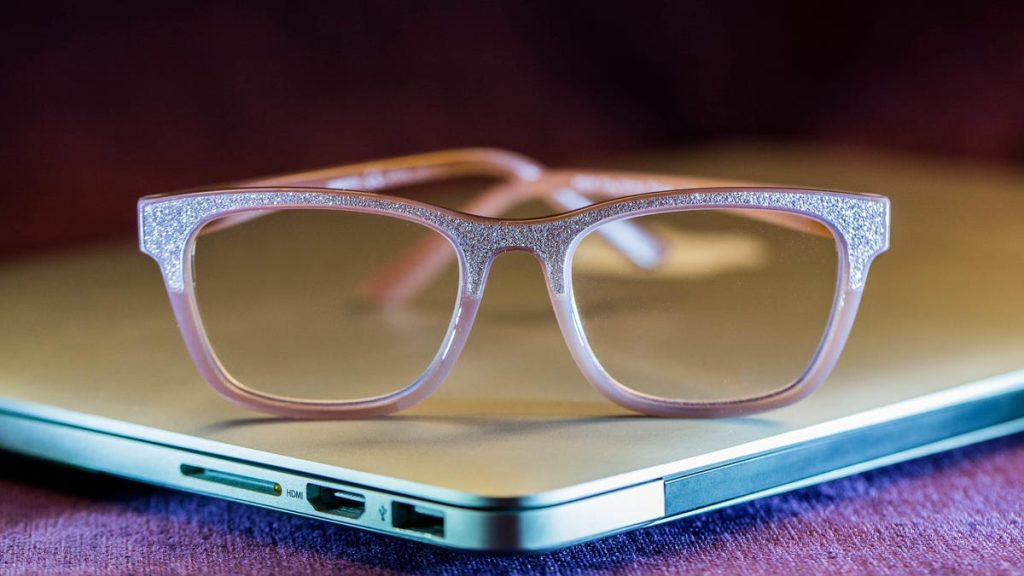Choosing the right pair of blue light glasses involves a careful consideration of various factors, blending personal preferences with practical necessities. While aesthetics play a role, elements like prescription compatibility, intended usage, and level of blue light filtration are paramount in ensuring optimal effectiveness and comfort.
First and foremost, individuals with existing vision correction needs must prioritize prescription compatibility. Blue light glasses should seamlessly integrate with prescribed lenses, ensuring clear vision while mitigating the potential harmful effects of blue light exposure. Overlooking this crucial aspect can lead to visual strain and discomfort, negating the intended benefits of the glasses.
Usage patterns significantly influence the selection process. For extended wear, such as during prolonged gaming sessions or continuous computer use, comfort reigns supreme. Lightweight frames and ergonomic designs become essential for preventing discomfort and fatigue. Conversely, occasional use allows for greater flexibility in frame styles and materials, prioritizing aesthetics over prolonged comfort.
The degree of blue light filtration is another critical factor. Glasses with yellow or orange tints offer higher levels of blockage, effectively filtering a broader spectrum of blue light. However, this can sometimes distort color perception on screens. Clear lenses, while less effective in blocking blue light, maintain color accuracy, making them suitable for tasks requiring precise color representation. The choice depends on individual needs and priorities.
Frame style, while primarily a matter of personal preference, contributes significantly to the overall experience. Glasses are not merely functional tools; they are also fashion accessories that reflect individual style. The vast array of shapes, materials, and designs available—from classic to contemporary, plastic to metal—allows for self-expression and personalization. Finding a frame that complements one’s facial features and personal style enhances confidence and comfort.
Beyond the core elements, additional features further refine the selection process. Anti-glare coatings minimize reflections, improving visual clarity, particularly in brightly lit environments. UV protection shields the eyes from harmful ultraviolet rays, crucial for outdoor use. Scratch-resistant coatings enhance durability, prolonging the lifespan of the glasses. Consider these features based on individual needs and usage patterns.
Finally, price plays a significant role in the decision-making process. Blue light glasses generally fall within an affordable range, offering a cost-effective solution for managing blue light exposure. However, the price can vary based on features, materials, and brand. Setting a budget beforehand helps narrow down the options and ensures a purchase that aligns with financial constraints. Keep in mind that prescription blue light glasses typically incur additional costs compared to their non-prescription counterparts.
In conclusion, selecting the ideal pair of blue light glasses involves a nuanced approach, balancing personal aesthetics with practical requirements. Prescription compatibility, intended usage, and blue light filtration level are fundamental considerations. Frame style allows for personal expression, while additional features enhance functionality and durability. By carefully evaluating these factors and establishing a budget, individuals can confidently choose a pair of blue light glasses that effectively meet their specific needs and preferences, promoting both visual comfort and style. The abundance of options available in the market caters to diverse requirements, ensuring a perfect fit for every individual seeking to mitigate the effects of blue light exposure. Prioritizing these key elements will undoubtedly lead to a satisfying and beneficial experience.

